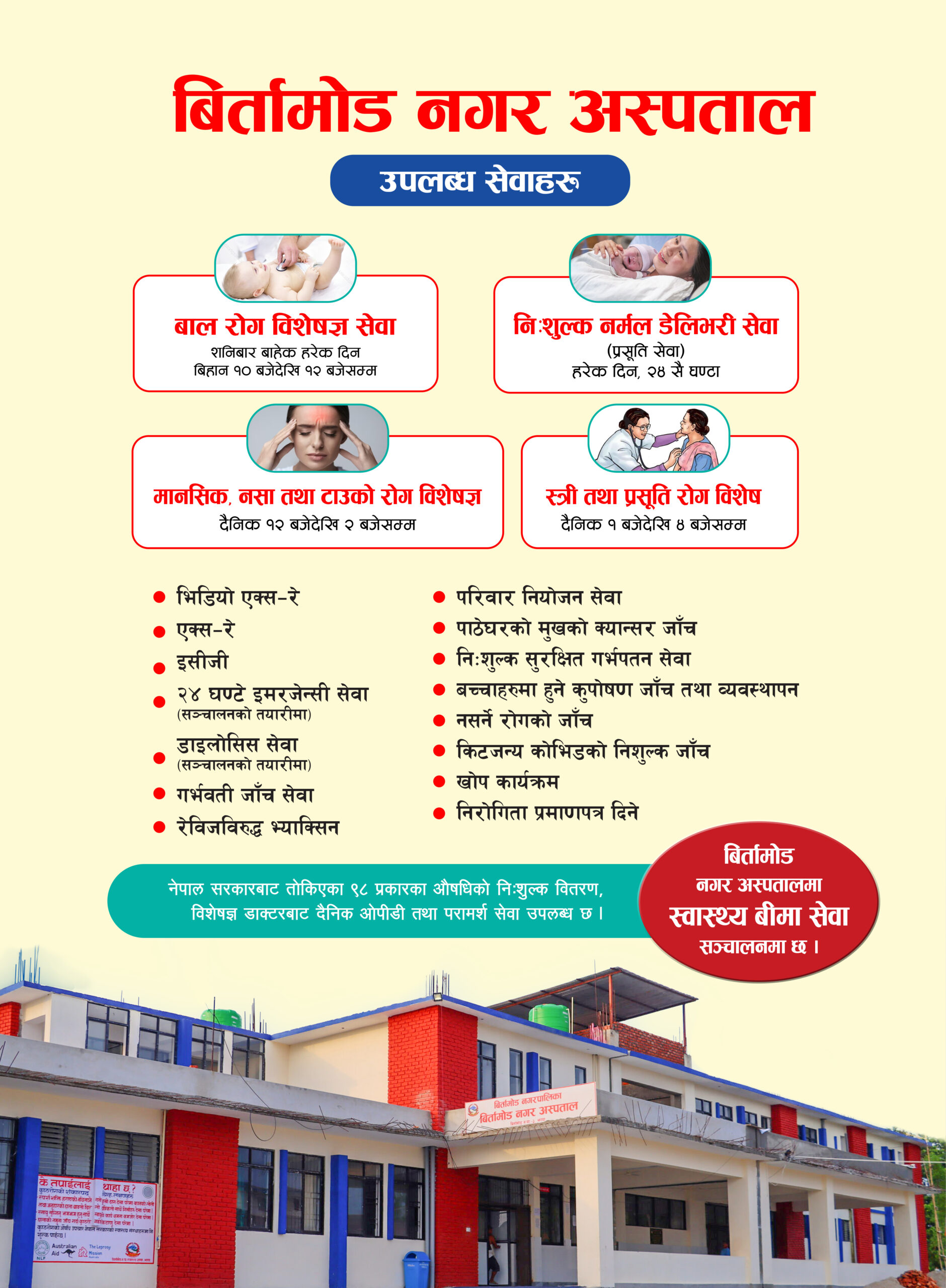Variance Analysis, in managerial accounting, refers to the investigation of deviations in financial performance from the standards defined in organizational budgets. If the benchmark set is unrealistic, variance analysis might end up indicating problems that are not real or missing issues that are present. Variance analysis also aids in making informed decisions about future strategies for sustainability. It can provide actionable insights into which practices are having the most positive sustainable impact and are cost-effective. Thus, it assists in strategic decision-making regarding the allocation of resources to various sustainable practices.
Therefore, the performance of each responsibility centre is measured and evaluated against budgetary standards with respect to only those areas which are within their direct control. Another significant purpose of variance analysis is to enable businesses to improve their operational efficiency. By identifying the variances in different operations, a business can gain a better understanding of the areas where efficiency can be improved.
How to calculate spending variance
Differentiations are not all significant, however only those that are uncommon or especially important need management’s attention. Businesses may frequently utilize the information obtained from examining these differences to either better their overall performance or to pinpoint an issue that needs to be corrected. In simpler terms, it means everything went exactly according to plan, with no surprises (either positive or negative) in terms of costs, revenues, or other financial metrics. In this case, the positive variance of $120 indicates that you overshot your budget by $120. This could be a cause for concern, prompting you to investigate further and take corrective actions.
- In this article, we’ll explore the different types of variances and how analyzing them can help you take control of your budget.
- By so doing, the full $719,000 actually spent is fully accounted for in the records of Blue Rail.
- Analysts use a one-way ANOVA with collected data about one independent variable and one dependent variable.
- Once both actual and standard performances are clearly defined, you can calculate the variances.
- For instance, if the actual cost exceeds the budgeted cost for a specific department, it’s an indicator that the department could benefit from cost-reduction efforts.
See this article on the four major advantages of standard costing to learn more. In this article, we’ll explore the different types of variances and how analyzing them can help you take control of your budget. Following table shows how variances are calculated using the flexed budget approach. Overcoming this obstacle requires a readiness and commitment to adjusting strategies, taking corrective actions, or redefining goals based on the insights drawn from the analysis. Openness to change based on the variance findings is a must for effective use of this analysis. The purpose of variance analysis is to inform decisions and stimulate action where necessary.
Definition of Variance Analysis
In this regard, one of the leading authors in the study of self-confidence is Albert Bandura (1977) [18]. He employs the term self-efficacy to describe the belief that one holds in being capable of successfully performing a specific task to achieve a given outcome. Consequently, it can be considered a situationally specific self-confidence [19]; however, these terms are related to potential emotional barriers in decision making [20].
Actual cost of production may be different than standard cost if any of the five goals listed above is either not met or exceeded. If any one of the quantities or dollar amounts is higher than its standard, the result for that amount is said to be unfavorable since more was consumed spent than was planned. An unfavorable http://nitro.ru/comments/1335 outcome in this example would be if 8,900 pounds were used in production when only 8,600 were budgeted. A quantity or unit cost is favorable when it is lower than what was anticipated. A favorable result would be if $9 per labor hour were spent since it is lower than the anticipated amount of $10 per hour.
The Process of Conducting Variance Analysis
Variances can be broadly classified into four main categories with corresponding sub-categories. Let’s break down each one and see how they can help businesses identify potential weak spots in their budgets. Depending on your goals, you can analyze any of the following variances to optimize your operational performance.
Maybe the logistics costs were higher than planned, or perhaps an unexpected expense cropped up partway through the project. Either way, understanding and addressing these disparities can help ensure better financial management of CSR initiatives in the future. As mentioned above, materials, labor, and variable overhead consist of price and quantity/efficiency variances. For example, if the actual cost is lower than the standard cost for raw materials, assuming the same volume of materials, it would lead to a favorable price variance (i.e., cost savings). However, if the standard quantity was 10,000 pieces of material and 15,000 pieces were required in production, this would be an unfavorable quantity variance because more materials were used than anticipated.
On the other hand, a fixed overhead variance occurs when there is a difference between the standard fixed overhead for actual output and the actual fixed overhead. This approach to calculating variances facilitates comparison of like with like. Hence, we can compare the actual expenditure incurred during a period with the standard expenditure that ‘should have been incurred’ for the level of actual production. Similarly, actual sales revenue can be compared with the standard revenue that ‘should have been earned’ for the level of actual sales during a period in order to determine the effect of variance in prices. The amounts indicated by an arrow in the sample budgets are performance goals, also called standards. http://casmgt.com/CustomerService/univera-healthcare-customer-service is a process that compares these standards to actual amounts once the budget period has expired.
Within operations, variance analysis can be leveraged to improve productivity and efficiency. For example, if a department is consistently producing lower than anticipated results, management can use variance analysis to diagnose the cause. This implies digging deeper into the data to discern exactly why variances occurred. The analysis could reveal issues such as inefficiencies, inaccuracies in estimation, unforeseen market conditions or other factors causing the variance. In the realm of finance, there are several types of variance analysis that we can use to better understand a company’s performance and help influence decision making.
A critical aspect of maintaining control over financial resources is ensuring spending stays within budget. Variance analysis aids in this process too, by highlighting where your CSR initiatives are overspending, underspending, or staying on track. In other words, focus most of your variance analysis efforts on the variations that, if addressed, would have the most impact on your business.
The randomization-based analysis assumes only the homogeneity of the variances of the residuals (as a consequence of unit-treatment additivity) and uses the randomization procedure of the experiment. Both these analyses require homoscedasticity, as an assumption for the normal-model https://hard-piercing.com/weight-loss-challenges-with-money-prizes.html analysis and as a consequence of randomization and additivity for the randomization-based analysis. A mixed-effects model (class III) contains experimental factors of both fixed and random-effects types, with appropriately different interpretations and analysis for the two types.












